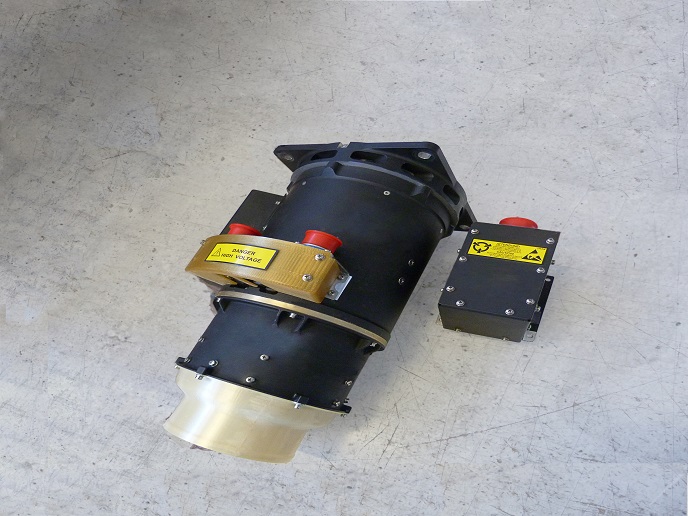Innovative wing model advances aircraft design of the future
In Europe’s vision for aviation, the goal is to have 90 % of travellers within the region completing their door-to-door journey within 4 hours by 2050. Innovative aircraft types are pivotal to achieve this. Useful for passenger transport, rotorcrafts have also the potential to provide new transport capabilities for the future of air mobility. With an increased ‘golden hour distance’, these machines are specifically suitable for relevant missions such as search and rescue, medical emergency, surveying and policing. Engineering faster and more sustainable rotorcrafts is a challenge. However, the EU-funded FORMOSA(opens in new window) project was born to design the wing control surfaces of the Next-Generation Civil TiltRotor(opens in new window) developed by Leonardo S.p.A within the Fast RotorCraft Innovative Aircraft Demonstrator Platform of the Clean Sky 2(opens in new window) programme. “The Fast RotorCraft platform will provide more speed, longer range and more productivity to fill the gap between conventional helicopters and other fixed-wing platforms, and FORMOSA will give its contribution in terms of a lighter, simpler and more efficient architecture for wing aerodynamic components in tiltrotors,” explains Vincenzo Muscarello, FORMOSA project coordinator.
Innovative tiltrotor wing design
The team of researchers from Politecnico di Milano in Italy and CEiiA, Centre of Engineering and Product Development in Portugal, had the tough task of designing a wing concept that met different criteria for the Next-Generation Civil TiltRotor. The architecture of the wing had to be a single movable surface able to incorporate multiple functions, including roll, flap control, and download reduction, which means decreasing the aerodynamic drag of the wing during take-off. All of this with a minimised encumbrance to favour fuel storage. There was also the need to reduce the number and weight of the actuators and the complexity of the actuation system, evaluating both hydraulic and innovative electrical systems for power generation. “The design of the control surface and the selection of its actuators required the correct evaluation of the aerodynamic loads during the different manoeuvres that the aircraft is required to do to fly safely,” describes Muscarello. To face this challenge, the team developed a new methodology for the design, combining the approaches of multibody and mid-fidelity aerodynamic simulations. The FORMOSA consortium proposed a design that integrates both the flap and the flaperon on the same surface, easing their use and reducing the weight of the movable surface. The final wing configuration was able to reduce by 9 % the download in helicopter mode compared to the first original design. “This enables the reduction of fuel consumption during vertical take-off and landing manoeuvres, in line with the objectives of the Clean Aviation programme(opens in new window),” states Muscarello. According to the project coordinator, the final design was also able to present a remarkable impact in aeroplane mode flight, improving roll performance thanks to a 25 % time-to-bank reduction, that is, the time to reach the bank angle required to conduct a turn. The project also manufactured and tested a 1:1 functional mock-up of the wing(opens in new window), demonstrating the functionality of the control surface developed.
Flying towards the mobility of the future
With the technology developed by FORMOSA, further optimisations of this rotorcraft configuration can be done, also considering the operations through short take-off, landing, and approach. “Tiltrotors will support the expected growth of air transport, contributing to the goals to have safe, secure, fast, affordable and environmentally friendly travel,” notes Muscarello and adds that research on new solutions for tiltrotor architecture will strengthen Europe’s competitiveness and innovation.







